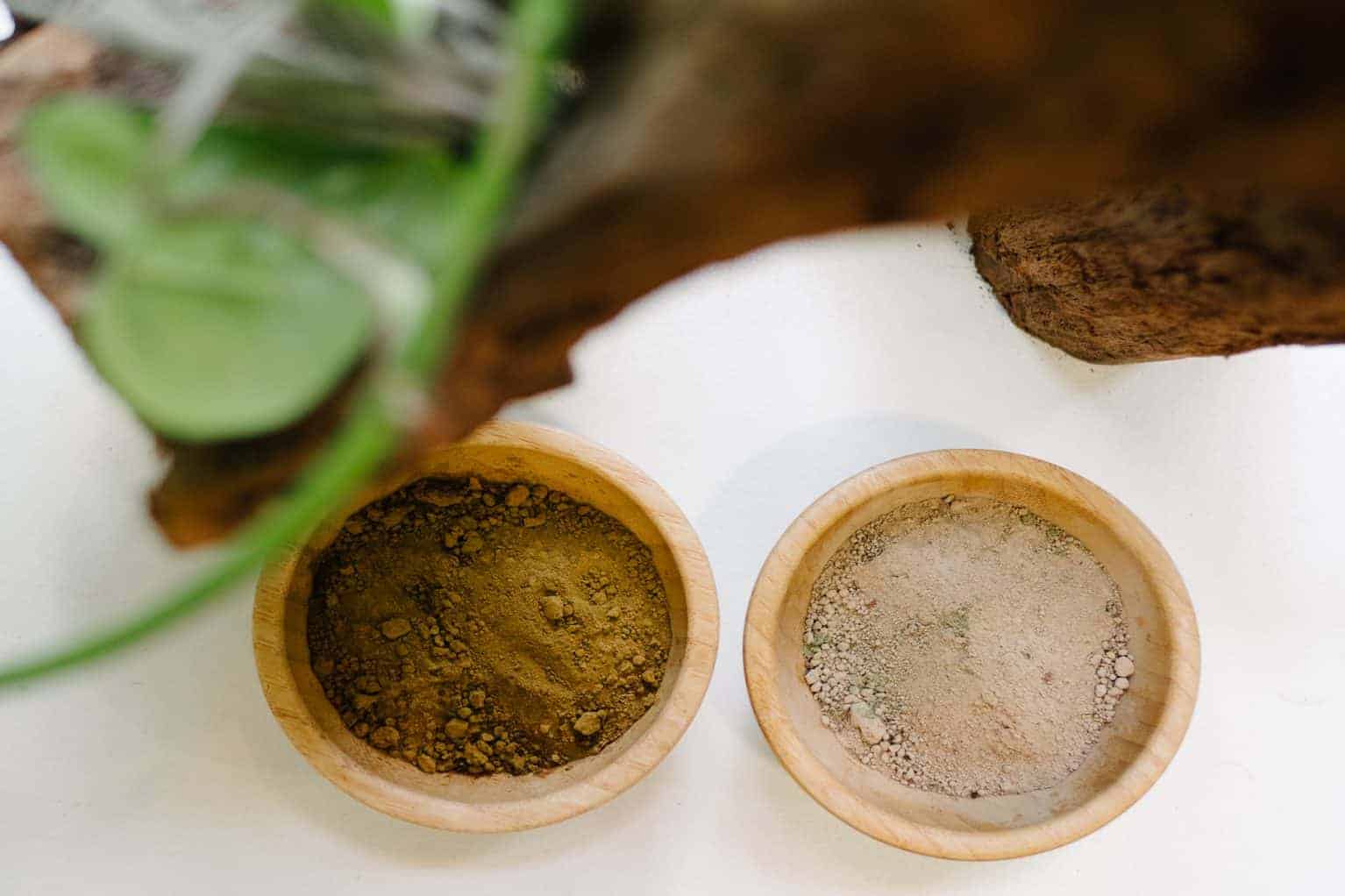La coloration au henné est une coloration de cheveux existant depuis des décennies.
Une technique démodée ? Colorant trop prononcé ? Forte odeur de plantes ?
Finies les idées reçues. La coloration revient aujourd’hui sur le haut de la scène tout en s’imposant comme une technique plus efficace basée sur une finition extrêmement naturelle.
Le henné, c’est quoi ?
Tout d’abord, commençons par définir les deux types de henné.
Il y a le henné naturel et le henné neutre.
- Le henné neutre est issu d’une plante à taille réduit poussant en Afrique subéquatoriale, dans les régions subtropicales semi-arides, dans la péninsule arabe et en Inde.
Il ne contient aucun pigment colorant, il renforce les cheveux tout en leur apportant de la brillance.
- Le henné naturel, est une plante originaire d’Arabie et d’Inde poussant dans les régions arides du Sahara et à l’ouest du Pacifique.
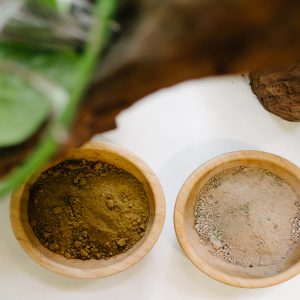
Les feuilles de cette plante contiennent un pigment naturel avec une couleur rouge-orange dite lawsone : le pigment est plus abondant lorsque la plante est cultivée dans une température se situant entre 35 et 45 °C.
Par exemple, le henné d’Égypte est nettement plus clair que le henné du Rajasthan.
Ces plantes sont moins intenses que celui du Yémen. En plus de son aspect colorant, le henné purifie et nettoie le cuir chevelu et régule le sébum des racines grasses.
Il donne de l’épaisseur, du volume aux cheveux fins, gaine et renforce la fibre capillaire, apporte également de la brillance à la chevelure tout en les protégeant des agressions extérieures.
La molécule de couleur rouge orangé du henné se mélange à la kératine afin d’entourer les pigments des cheveux.
Contrairement à la coloration chimique, le henné naturel se pose sur les cheveux sans aucune couverture de l’écaille.
Les différentes propriétés du henné
Une coloration au henné proprement dit n’exige que la présence d’un seul ingrédient : c’est le henné naturel.
La coloration au henné se définit donc, selon son dosage et en fonction des tons rouge-orangé.
Pour avoir d’autre couleur de coloration au henné comme le brun ou le châtain par exemple, vous devez ajouter à la poudre de henné naturel une autre poudre naturelle jouant le rôle de colorant.
Ce dernier vous permet d’obtenir des couleurs du cuivré jusqu’à l’auburn.
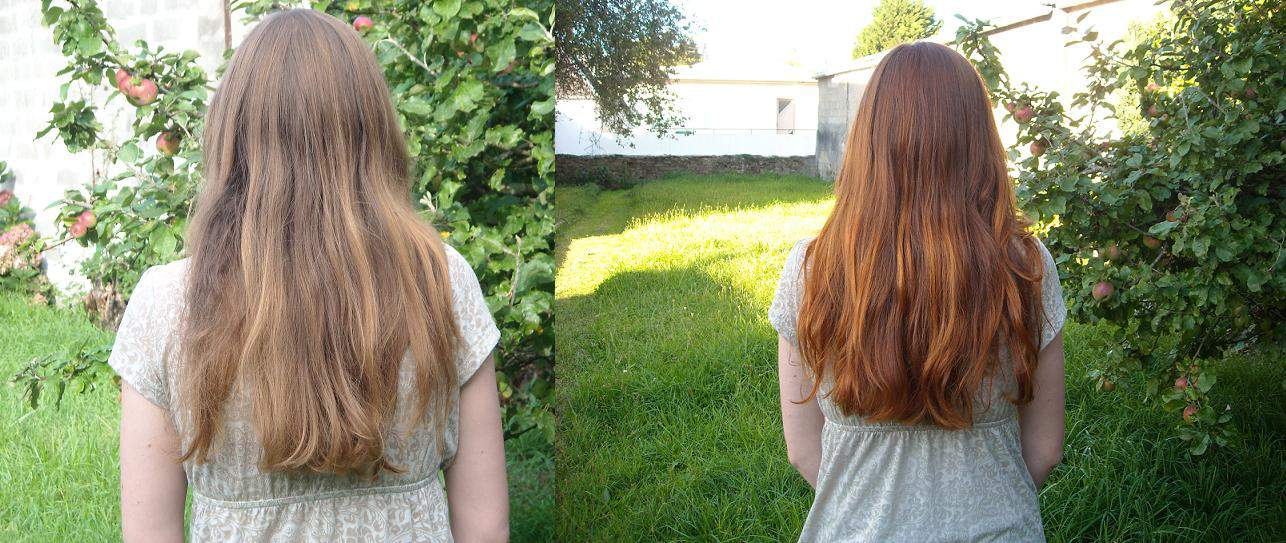
Le châtain miellé, le henné blond, le châtain foncé, le henné noir ou encore brun grenat : tous ces hennés sont les dérivés du mélange entre le henné neutre (pour les blonds) ou naturel (cuivré) avec les autres plantes colorantes comme la cannelle de Ceylan, l’indigo, le brou de noix, l’hibiscus, la camomille…
La coloration au henné pour les cheveux blancs
Concernant les cheveux blancs, la coloration au henné est un peu différente et exige davantage quelques précautions.
Premièrement, vous devez appliquer un henné naturel pendant trois heures avant le rinçage. Ensuite, vous appliquez la couleur souhaitée (le henné naturel de la première étape jouant le rôle de fixateur à la couleur que vous mettez après) et vous laissez poser à nouveau trois heures.
C’est une étape longue, mais nettement plus efficace.
Comment se lancer ?
La coloration henné est une technique unique, mais tout dépend fortement de la couleur initiale de vos cheveux.
Biocoiff’ vous propose des produits de colorations végétales conçues à base de henné.
Vous souhaitez essayer la coloration 100% végétale pour sublimer vos cheveux ?
Commandez directement votre Box couleur Biocoiff’ avec votre formule personnalisée.
Votre coloration végétale faite à la maison sera donc sans crainte, grâce aux démarches à suivre décrites étape par étape.
N’hésitez pas aussi à prendre rendez-vous ou à commander dans l’un de nos célèbres salons parisiens.

 Coloration Végétale
Coloration Végétale
 Balayage minéral
Balayage minéral
 Soins Capillaires
Soins Capillaires
 Coupe
Coupe
 Diagnostic gratuit
Diagnostic gratuit
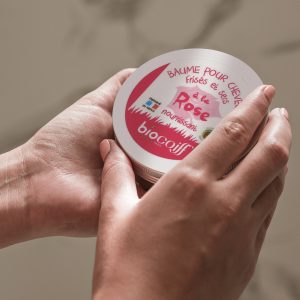 Accueil E-boutique
Accueil E-boutique
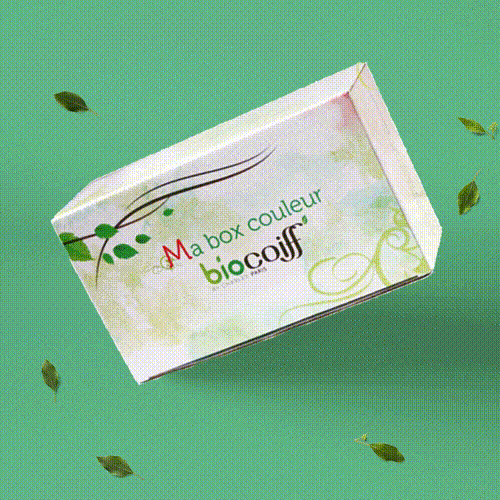 Box Couleur
Box Couleur
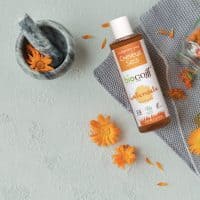 Shampoings
Shampoings
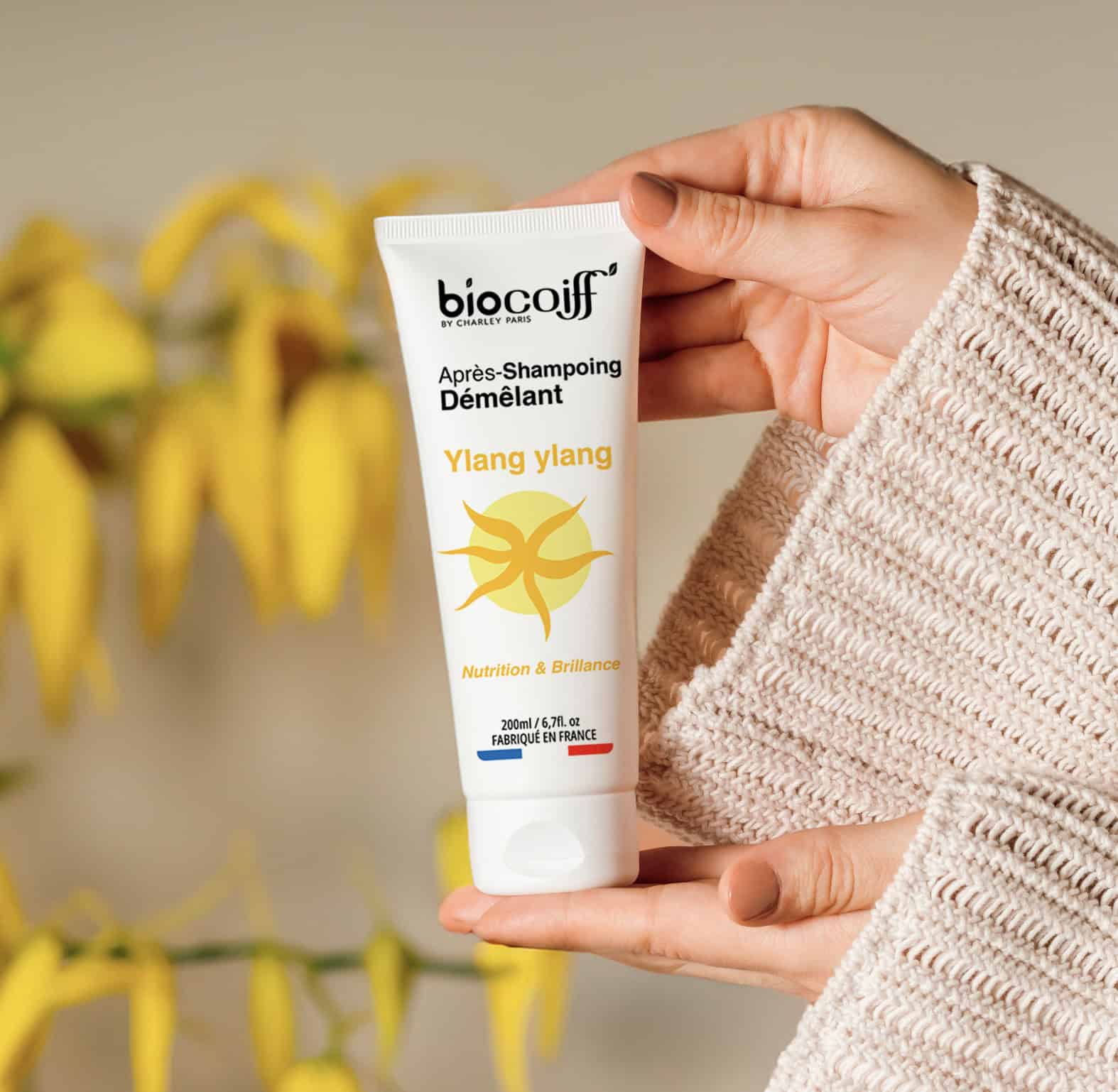 Soins
Soins
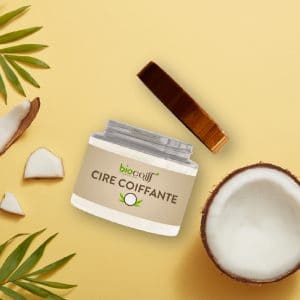 Coiffants
Coiffants
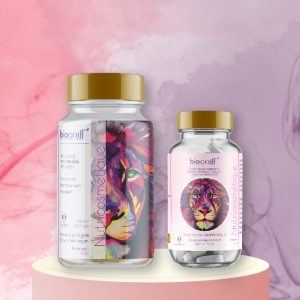 Nutricosmétiques
Nutricosmétiques
 Accessoires
Accessoires
